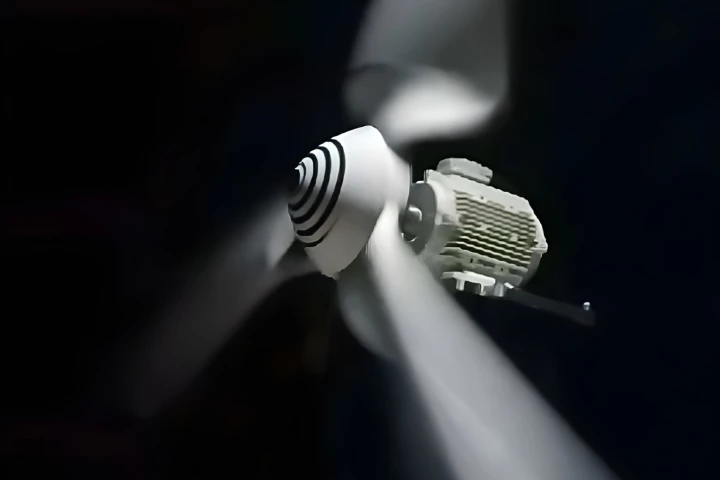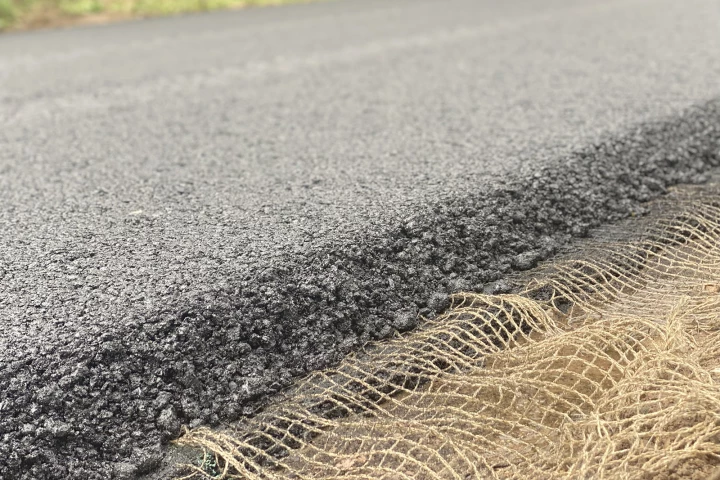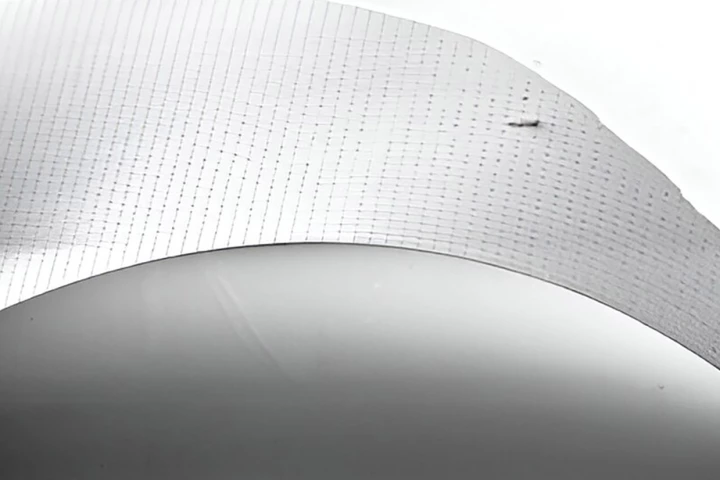Fraunhofer
-
While most planes use heat to melt ice that can form on the wing either before takeoff or during flight, the process is highly energy intensive and can impact engine efficiency. A new process from German researchers shakes the ice off instead.
-
Thanks to the development of new, lightweight rotors, engineers in Germany have created a small wind turbine that excels at efficiency, even when breezes aren't blowing strongly. The development is a big step toward efficient green home power generation.
-
While it's important to monitor the condition of paved roads, keeping an eye on the surface will only tell you so much. You also need to know what's going on with the underlying asphalt, which is where a layer of electronic fabric is made to come in.
-
We've heard about campers, kitchens and even tiny homes that fit in pickup truck beds, but the PreCare system is decidedly more altruistic. It's a truck-bed-based popup healthcare center, designed to serve remote and impoverished communities.
-
A new material tackles the carbon problem of concrete production and usage by employing a pretty unusual workforce: cyanobacteria. The bio-cement these micro-organisms help to produce harnesses a process that's existed in nature for 3.5 billion years.
-
Country folk tend to like the independence offered by their cars, so how do you get them to use public transit? The Monocab system may be the answer, as it utilizes individual on-demand pods that travel on existing abandoned railways.
-
A new sensor could soon allow hospital patients' blood oxygen levels to be checked via their breath. The technology is claimed to be more reliable and less painful than existing traditional methods.
-
An experimental new helmet could save drivers of construction vehicles from serious injuries. The device measures the extent to which its wearer is being shaken up while driving, and sounds an alert when the shaking gets to be too much.
-
An experimental new undersea robot shows great promise for use in the upkeep of offshore renewable energy platforms. Because it has the ability to climb vertical underwater surfaces – and paint them – it's known as the Crawfish.
-
Fraunhofer scientists have used ultra-thin diamond membranes to drastically cool electronic components and boost electric vehicle charging speeds, taking advantages of diamond's outstanding thermal conductivity.
-
Back in the 1970s and 80s, millions of wooden buildings were treated with preservatives that were later found to be neurotoxic and carcinogenic. A special process is now able to neutralize those chemicals, saving the structures from being gutted.
-
The search for survivors at disaster sites is one of the most commonly suggested uses for drones. If those people are buried under debris, however, they won't be visible. That's where LUCY comes in, as it could let drones locate survivors by sound.
Load More











